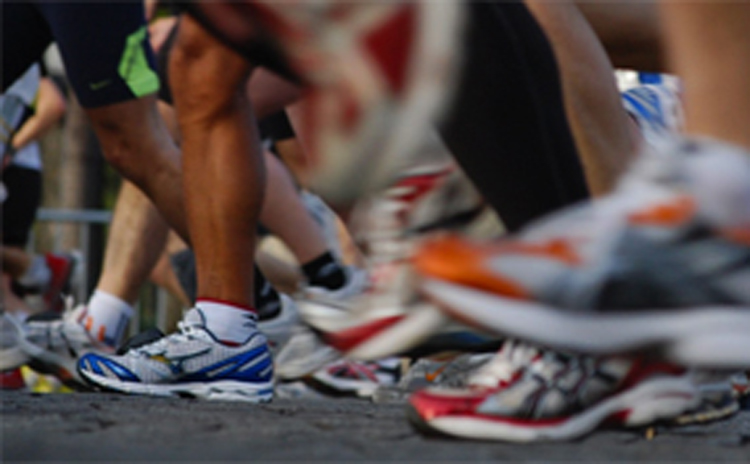
Just like a car’s tires are the only part of the vehicle that touch the road, your feet provide support for your entire body. So, when the feet do not provide optimal support for the rest of the body, the back often bears the brunt.
Studies published in Orthopedic Physical Assessment indicate that 80 percent of people may experience foot problems at some point in their lives, although they might not even notice it–and about the same percentage will experience noticeable back pain at some point in their lives.
Foot biomechanics, back pain, and posture, are intimately linked–it’s called the kinetic chain, and it’s a core component of our philosophy at ActivAided Orthotics.
Pronation & Over Pronation
The human foot is a complex machine, consisting of 26 bones, 33 joints, and over 100 muscles, tendons and ligaments. All of these moving parts must coordinate with each other throughout the day, as you walk, run, bike, and even as you sit. This complexity, along with the responsibility of supporting your body’s weight, can lead to sub-optimal movement and positioning of the foot.
This inefficient movement, in the medical and sports medicine communities, is known as “pronation.” In normal pronation, the outside of the heel makes first contact with the ground. The foot then rotates about 15 percent inward, so that the foot is now flat, in complete contact with the ground. This “rolling” motion, ideally, evenly distributes the impact of your body weight across the foot–going back to our earlier car metaphor, this motion roughly equates to a car’s ability to absorb shock.
Finally, the front of the foot pushes off, concluding your stride.
“Over pronation” (sometimes known as “hyperpronation”), on the other hand, is a key contributor to chronic back pain–a group of chiropractors has estimated that 77 percent of their patients have mild over pronation, at least. An over-pronated foot typically consists of a somewhat flattened arch and ankles that roll inward as you walk, leading to inefficient support of your body.
As a result, any of the following symptoms may occur:
- Rotation of the knees inward
- Swaying of the back
- Rolling forward of the shoulders, or extension of the head past the shoulders
- Overall bad posture
Tips for Improving Foot Pronation
Although there aren’t many one-size-fits-all solutions for eliminating back pain, there are some things you can do to train your feet toward more efficient pronation:
- Pay attention. Look in the mirror and observe your posture or have a physician examine your back and leg alignment.
- Make slight adjustments. If you notice that your ankles roll inward as you walk, for example, make a conscious effort to adjust how you walk on your own, with the goal of finding that optimal distribution of weight and movement in your feet.
- Build strength in your feet. If your arches are flattened, it’s likely that these muscles have weakened. The Virasana (or, “Hero”) yoga pose is one particularly effective, low-impact exercise that can strengthen the arches of your feet.
- Take off your shoes! Believe it or not, our feet are designed to walk barefoot. Wearing biomechanically inefficient footwear like high heels or even some sneakers can re-form the foot into an unnatural shape. Spend some time walking barefoot to allow your feet to regain their natural form.
While these techniques can help alleviate some forms of back pain, a holistic approach to improving bad posture can make a huge difference. ActivAided Orthotics’ physician recommended posture-training shirt naturally and non-invasively encourages proper alignment and biomechanics, allowing users to recover faster and continue physical activity, with less pain.
